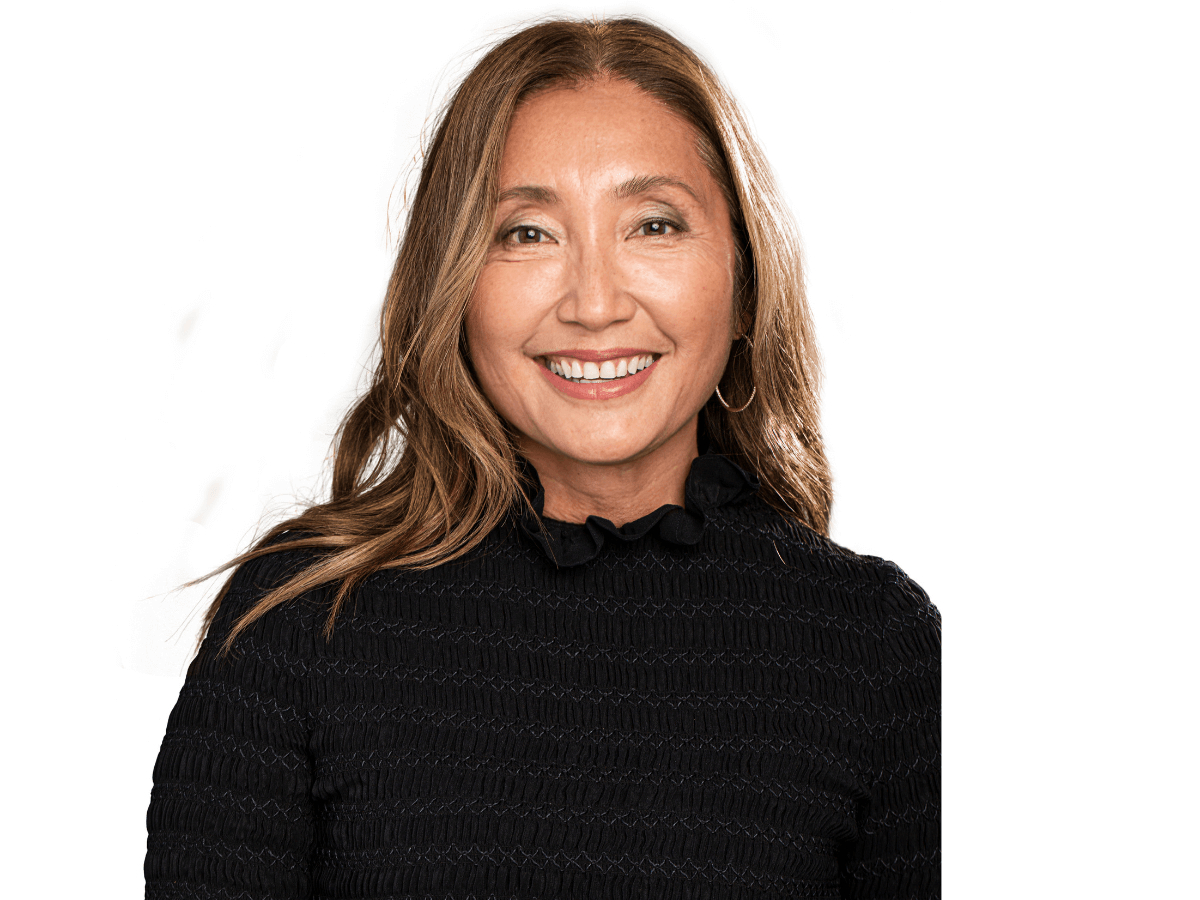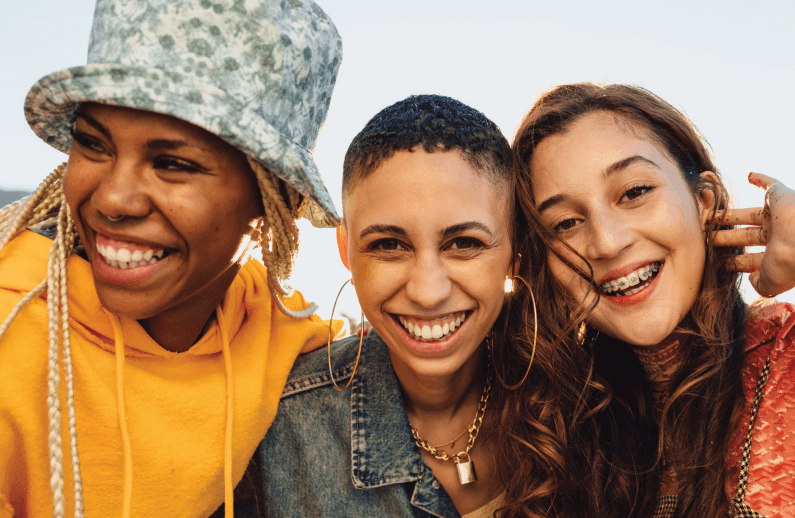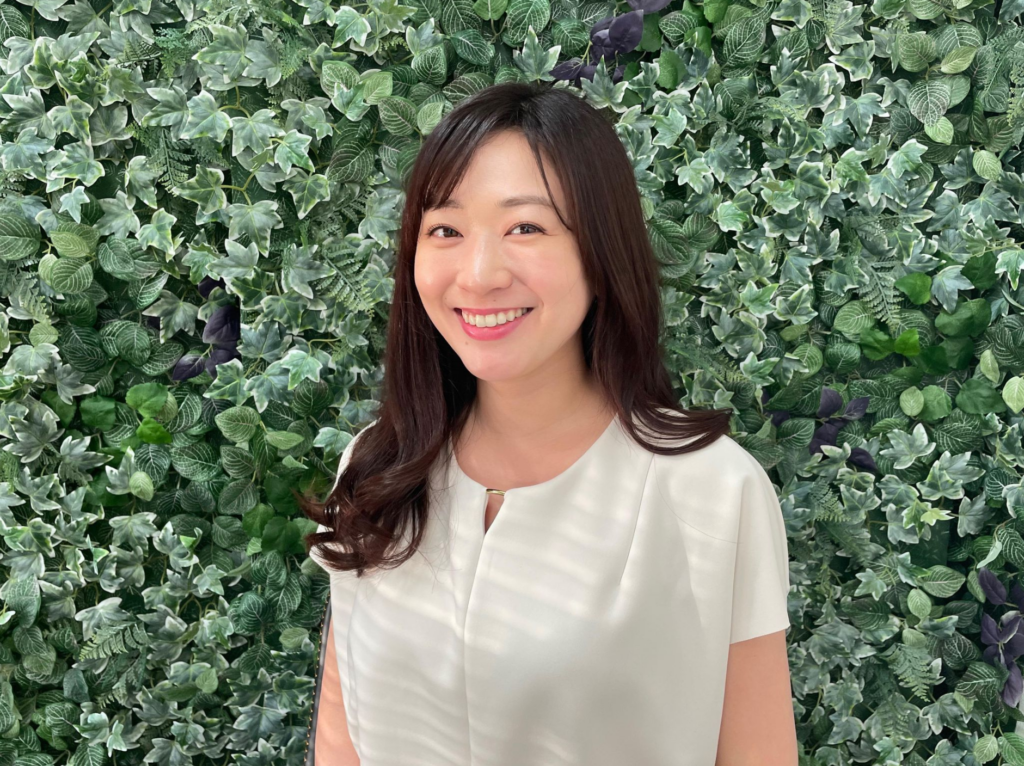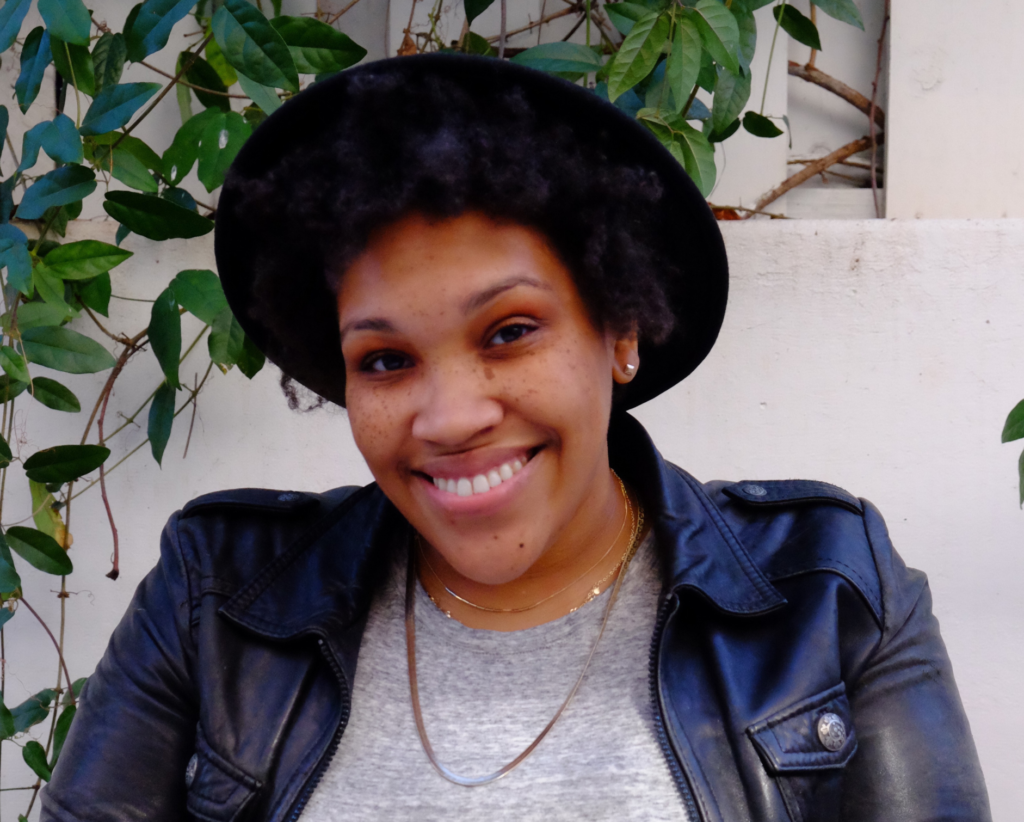
- How do diversity and creativity intersect?
Diversity fuels creativity and vice versa – one cannot exist without the other. At Publicis Groupe our motto is “Viva La Difference” – which means that we honor and celebrate our differences. We believe that the diversity of thought, background and identities within our walls is what truly enables innovation and fosters brilliant creative ideas.
- What do you mean when you say the future of creativity hinges on advertisers’ ability to market female potential?
The future of creativity is about developing marketing that can move the world forward and create better outcomes for all identities. When we think about this through the lens of SeeHer’s mission, it’s not just about accurate portrayals of girls and women, it’s about diverse, progressive, and expansive representation across all backgrounds; and projecting better futures and roles for females, especially as gender inequities continue to be rampant.
Representation is a baseline and requirement – if we can go one step further and help people see their full potential reflected in media, that lays the foundation for a brighter, more equitable future for many communities.
- You say the Future of Work includes new talent models. What does this mean for the portrayal of women and girls?
The future of work centers around creating new and flexible ways to better serve and make positive impact for both our clients and our talent.
We are constantly looking at ways to re-invent old systems and structures to create better experiences for our talent. Marcel, our global AI platform, plays a key role in enabling a stronger sense of community and belonging; support in employees’ development journeys; and greater choice when it comes to the work they are doing.
We also focus on providing best-in-class creative offerings for our clients via nimble, fluid talent models that bring together the best minds and solutions to deliver more enriching and diverse experiences. This is exactly why we launched Le Truc, New York City-based center of creative excellence, this year. The world has drastically changed, and we needed to design for the future with flexibility and creativity in mind.
Le Truc provides our clients with diversity of talent, thought and approach. Without talent from a diverse array of backgrounds and expertise, we cannot create the type of work I mentioned above.
- How do you envision Le Truc helping to deliver a bias-free creative landscape?
Le Truc was built off the belief that diverse, disruptive creativity is key to furthering our client’s transformation; and underpinned by the ideals of Viva La Difference. At its inception, Le Truc announced its first Open Community partnership with Retrospect, a Black-owned experimental studio focused on building products and experiences that are radical, culturally nuanced and accessible. Publicis holds a minority stake in Retrospect.
With Retrospect, Le Truc is helping our clients stay true to their brand identities while also embracing the here, now, and future – because we know that this kind of evolution can deliver rich, authentic and inclusive human experiences for all identities, especially women and girls, and ultimately help break down biases across the creative process and landscape.
To deliver truly bias-free creativity we must create new models to allow for more voices, opinions, and experiences. Le Truc is a collective of diverse leadership (not the usual model of the single creative, which industry has been built on and continues to perpetuate). It is the more difficult path as it takes more time, more effort to listen, to shape and co-create with others, but it’s worth it.
- How is SeeHer helping create greater impact on creativity & the work?
We will always need organizations like SeeHer to continue to bring together advertisers, agencies, publishers, influencers and others to continue to advocate for representation for women. While we have come a long way, the path to equity and equality for women is still long. Women and girls are not a monolith, and we need to continue to advocate for the many different identities within the female community. This includes trans women, women from ethnically diverse backgrounds, disabled women, and beyond – it’s crucial that the various micro-communities within our ranks are continually reflected, protected and uplifted; not just in media and marketing but in all facets of the human experience.



